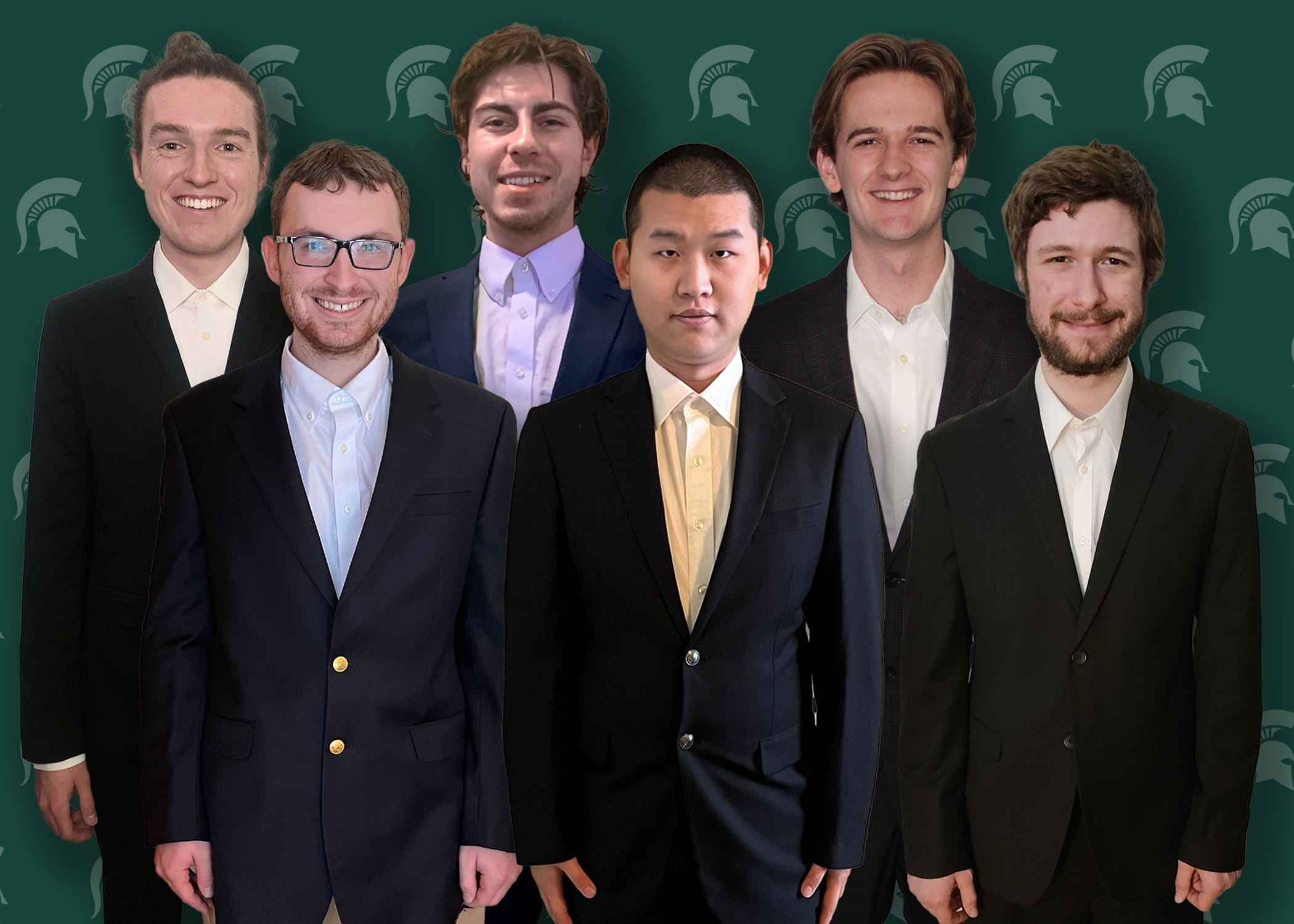About
This application was created by a team of six Computer Science students at Michigan State University in partnership with the Anthropocene Institute in spring 2022 for CSE 498: Collaborative Design, the capstone course within the B.S. Computer Science and Engineering degree program offered through the Department of Computer Science and Engineering.

The Anthropocene Institute envisioned a Wildfire Risks Forecasting Tool to raise awareness, educate, and empower residents living in areas at risk of wildfires. The tool needed to be accessible, accurate, and actionable, allowing a user to simulate a hypothetical wildfire in their neighborhood while accounting for the potential effects of climate change on fire spread. Over the course of the Spring 2022 semester, this vision became a reality as six MSU Computer Science students explored potential use-cases, engineered a system architecture, and curated an aesthetic design. The final application offers an intuitive tool allowing users from Michigan to California to Japan to understand the risks posed by wildfire under climate change.

As a nonprofit aiming to "connect entrepreneurs, investors, institutions, and thought leaders to solve our climate emergency," the Anthropocene Institute supports transparent, open science. The source code supporting this application is availaible on GitHub.

Michigan State University students involved in the project include Jingxian Chen, Andrew Haas, Andrew McDonald, Ben Miller, Jamie Schmidt, and Nathan Woods.

Frank Ling, Joanna Reyes, Micah Brown, and Mike Villena from the Anthropocene Institute served as project advisors.
Professor Wayne Dyksen from Michigan State University led the capstone course, CSE 498: Collaborative Design, supported by James Mariani, Brenden Hein, and Luke Sperling.
Our team would like to dedicate this project to Richard Chan, Director of the Anthropocene Institute, who passed away unexpectedly during the creation of the project. We are incredibly thankful to have had the opportunity to work with you, learn from you, and improve the world with you. May you rest in peace.